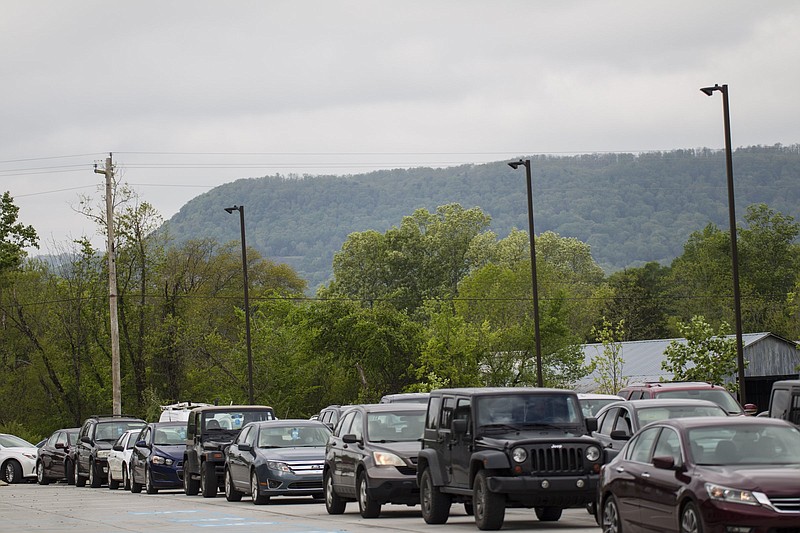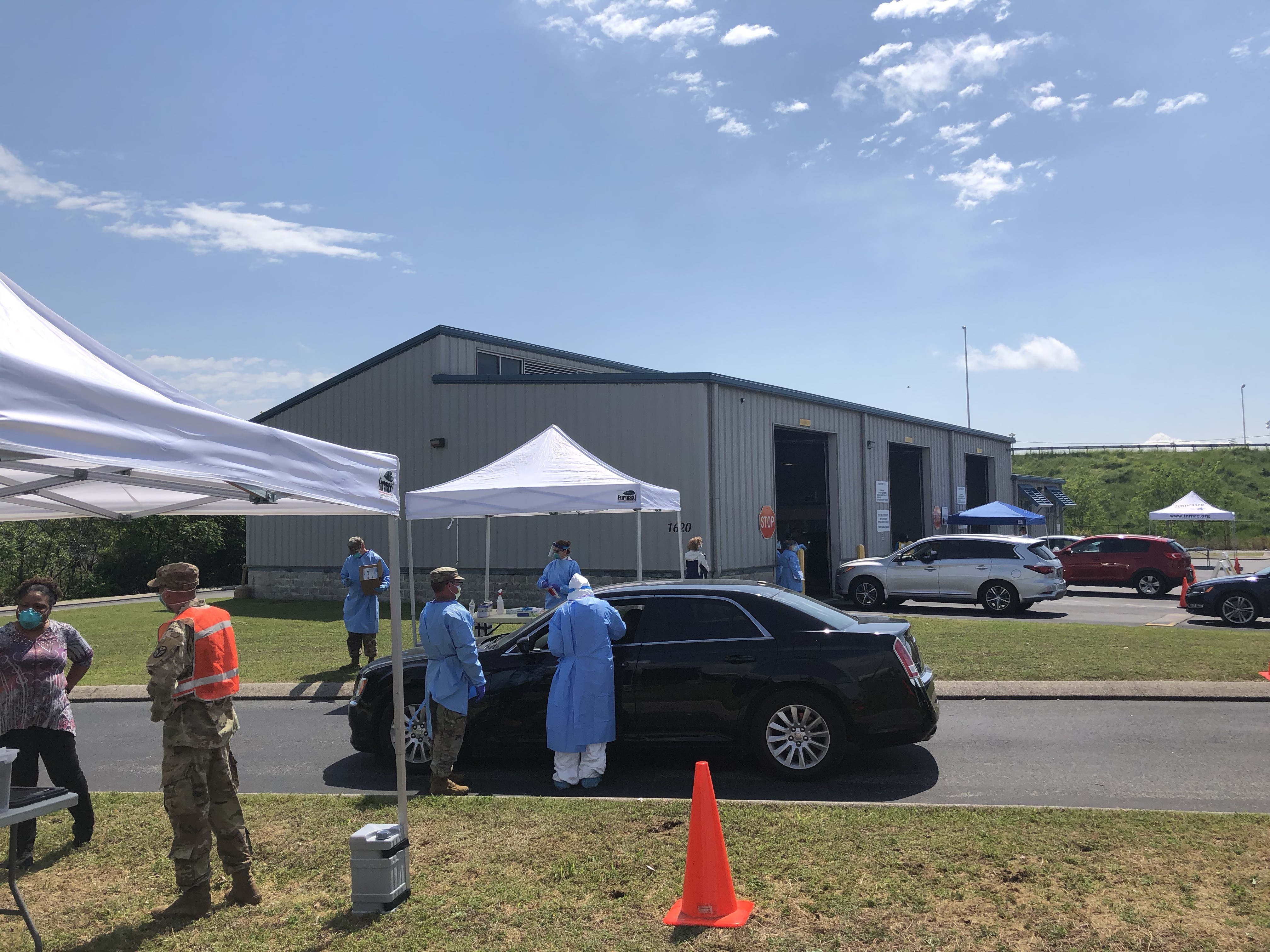States are rapidly working to scale up COVID-19 testing efforts after a slow start nationwide, with Tennessee testing more people than any neighboring state and more people per capita than the country as a whole.
Melissa McPheeters, a health policy research professor at Vanderbilt University Medical Center, said it's great news that Tennessee is expanding testing, because testing more people is "part of the solution" to controlling the coronavirus pandemic.
While officials know more testing is a key to fighting the coronavirus, exactly how much is a harder question to answer.
McPheeters said a good indication of widespread testing is when the percentage of positive cases begins to shrink, because that shows testing is reaching a larger pool of people, rather than just the sickest COVID-19 patients.
A larger sample size provides more accurate data, because it's statistically closer to achieving a random sample. The federal government and World Health Organization recommend testing enough that a population's percent of positive cases is below 10%.
"As we make it more up to the individual to come in and get those tests, those overall case numbers will go up, but the percent positives will go down," McPheeters said.
As of Tuesday, Tennessee had tested nearly 162,000 people with just over 10,000 tests returning as positive, bringing the state's percent positive for cases to about 6.2%.
Meanwhile, Georgia - which has nearly 3.8 million more residents than Tennessee - reported about 24,600 positive cases out of 140,000 total tests, or approximately 17.6% percent positive (the most of all neighboring states).
"One of the reasons we do lots of testing is to find those positive cases, so we can take care of those people and also follow up with contacts to do contact tracing," McPheeters said.
Testing is also key to finding where the virus is spreading.
"We know that some people who get COVID-19 are asymptomatic, so if we can find how many cases there are in our population - even among people who might not get sick enough to come see the doctor - we can really know if it's increasing or decreasing," she said.
In the beginning of the outbreak, testing capacity and supplies were limited, so only the sickest people - such as patients who were hospitalized - and those with doctor referrals were tested for COVID-18.
As of Tuesday, 161,928 Tennesseans had been tested for COVID-19, with all but about 25,000 of those cases detected in April.
Tennessee's passing of 10,000 confirmed COVID-19 cases on Tuesday may actually be a good thing, experts say.
Dr. Lisa Piercey, Tennessee Department of Health commissioner, went over the new data during the governor's news briefing on Tuesday afternoon and dubbed some of Tennessee's coronavirus statistics "remarkable," including the latest 10,052 case total.
"That's a lot, but it shows a significant slowing of our growth 1.35% day-over-day increase is our smallest ever," Piercey said.
About 2% of the state's population was tested during April, according to Piercey.
"President Trump asked last night for states to do 2% of their population of testing each month. We've already done that in the month of April, and we're making plans to do that going forward," she said.
Now that testing in Tennessee and many other states is available to people for free, regardless of symptoms and at convenient drive-thru testing sites, it makes sense that the number of cases will increase, McPheeters said. It also doesn't make sense to compare our present percentage of positives today to the beginning of the epidemic, when testing criteria differed, she said.
McPheeters said there needs to be an increased focus on testing hard-to-reach communities, so that the data is representative of the population.
"You want to make sure that you're testing in your most vulnerable population, not just in populations where it might be most convenient or easy for people to get to testing," she said, adding that disparities in testing are becoming more clear as testing efforts ramp up across the country as certain populations - essential workers, some racial groups and those without transportation - aren't being counted.
"If we're not testing in all of those communities, we may be unaware of an outbreak or spreading that's happening in some of those communities," she said.
Piercey said it's important to put all that COVID-19 information into context, and one day does not indicate a trend.
"When we look at trends, we look at several days in a row," she said. "You have to expect that to go up a little and down a little - so don't get too excited positively or negatively when you see numbers fluctuate a little bit," Piercey said. "It's the overall trajectory we're looking at."
Contact Elizabeth Fite at efite@timesfreepress.com.

